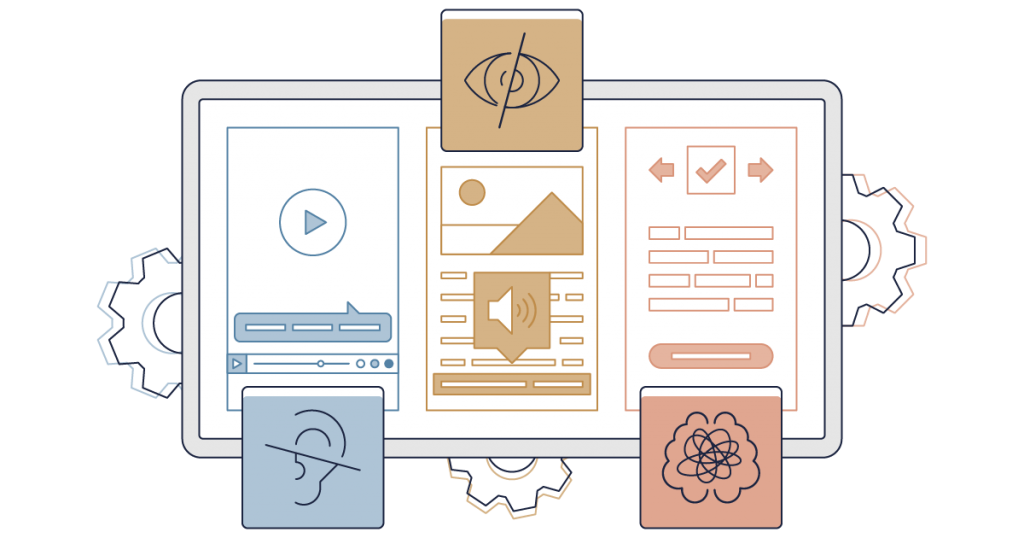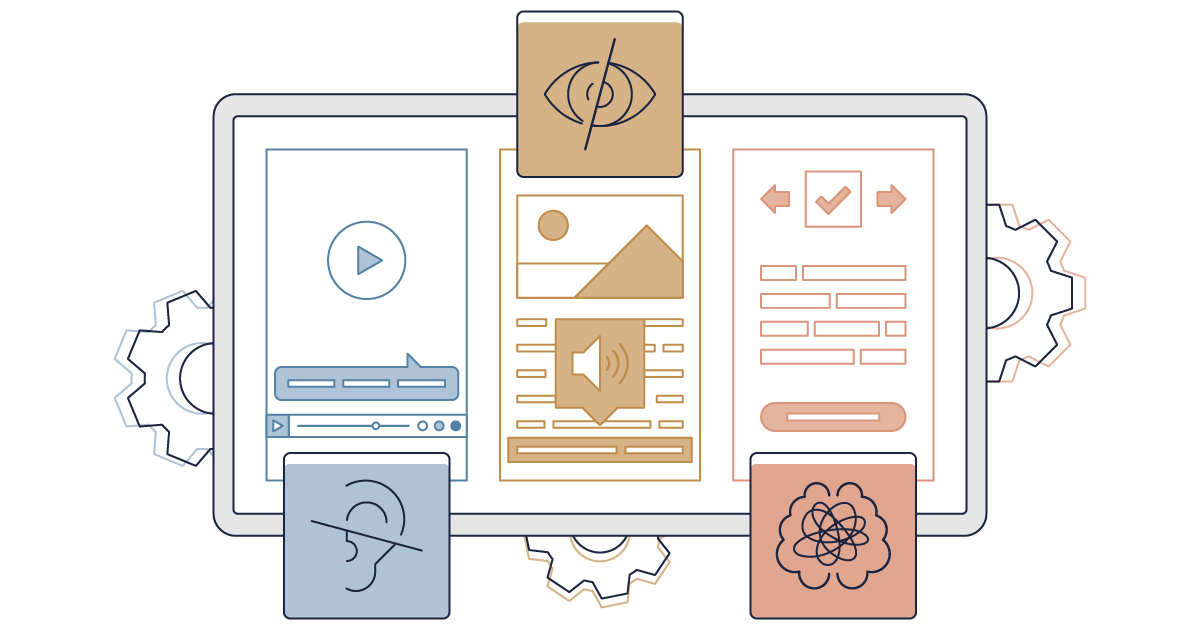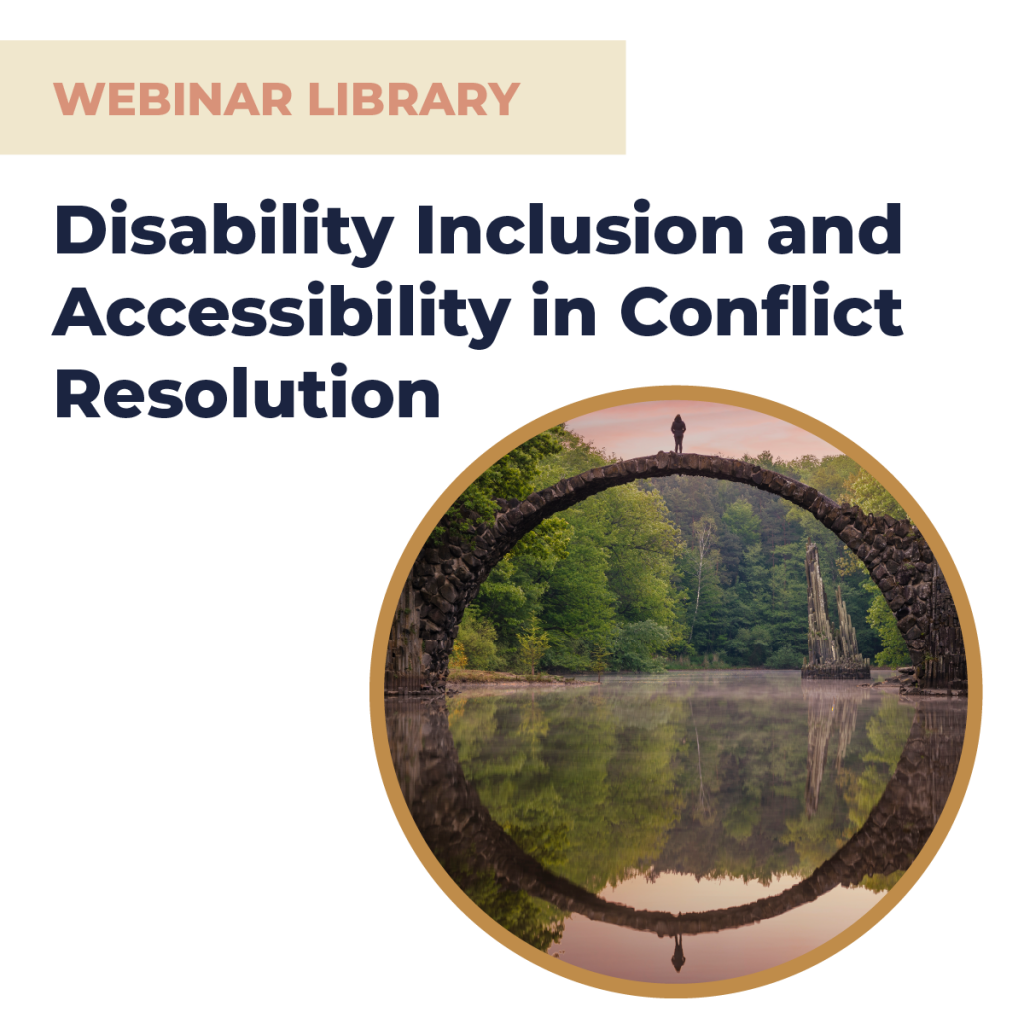
By Lainey Feingold and Melanie Rowen
When our work is to facilitate understanding between people in conflict, we are already committed to values of empathy, party ownership of conflict, autonomy, connection and more. These values, mandate that our processes and methods are inclusive of people with disabilities, respect privacy and ensure independence.
Accessibility is a civil right and the law is the floor, not the ceiling. We recommend having an accessibility statement and using open and friendly language. Put forth the question of whether your clients need any disability accommodations to fully participate as a lawyer, party, expert, etc. Ask how you can be more accommodating and inclusive. The law dictates that we all have obligations to incorporate accessibility into our work, but most people still do not know how digital accessibility fits into their current settings.
Digital accessibility is the quality of technology and content that makes it possible for people with disabilities to fully interact and participate. It is our responsibility as conflict resolution professionals, to ensure that our technology and content is accessible.
While we may not quite realize it, in today’s technologically driven world, most of us already use “assistive technology”, such as voice memos or captions in noisy environments.The ability of disabled people to use technology and consume and create content depends on our commitment to create accessible content and utilize accessible platforms..
Have you ever considered how a person with visual impairment interacts with your website? Or how someone who cannot hold a mouse navigates your site? Do your videos have subtitles or transcripts available so that the information can still be accessed if a person is deaf or hearing impaired?
Following universally accepted guidelines and best practices can make your content inclusive of people with disabilities. Ignoring those guidelines and practices excludes people. Starting with an audit of the ways that we communicate with clients—both prospective and current—can help us find, and then remediate, accessibility gaps.
Accessibility is essential for some and useful for all. Most of us are barely scratching the surface of accessibility and inclusion in conflict resolution, which is why we encourage you to watch our webinar recording to develop a better understanding of the intersections of conflict resolution, disability inclusion and accessibility in the digital and built environment. Our guest speaker is a disability rights lawyer who has worked in the digital accessibility space for more than 25 years. She and her clients have advanced digital accessibility using a dispute resolution process called Structured Negotiation – avoiding conflict and lawsuits in favor of relationship building and long-term results, sometimes with the help of mediators.

